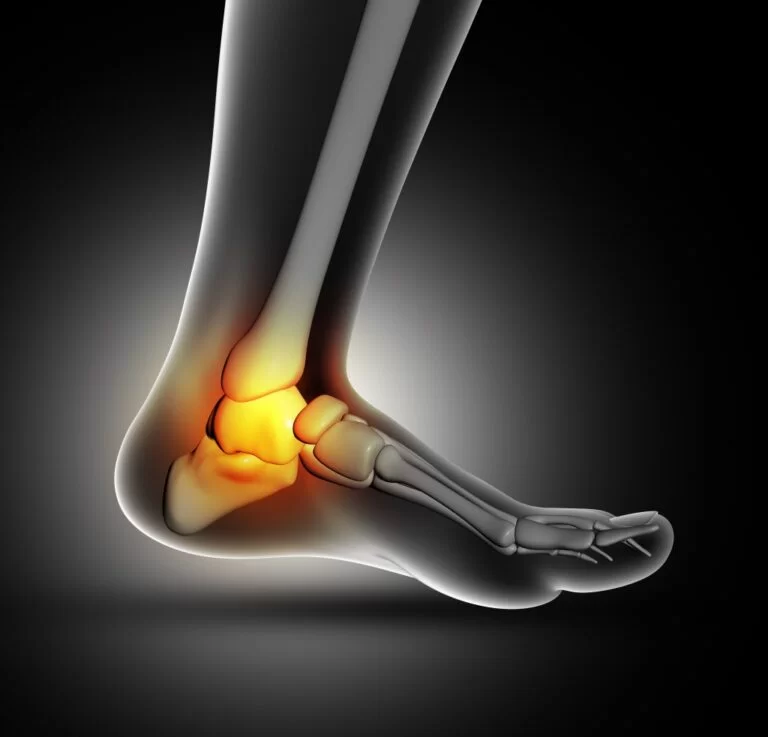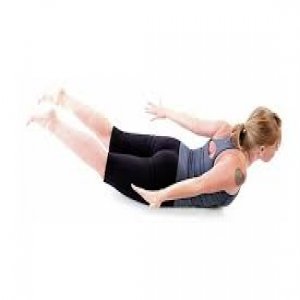Shoulder Isometrics exercise: Muscles worked, Health Benefits, How to do?
What is Shoulder Isometrics exercise?
Ishoulder isometric exercise are performed by simply contracting your muscles without any other movement. Your physiotherapist may prescribe this exercise as part of your rehabilitation program.
Isometric shoulder exercise is a type of exercise your physiotherapist may prescribe if you are suffering from shoulder pain. this exercise helps you to regain normal shoulder range of motion (ROM), shoulder muscle strength, and functional mobility.
Shoulder isometric exercise can be performed up to two to three times per day.
Remember that, you do not move your shoulder during this exercise.
Which muscles is used for shoulder isometric exercise?
Shoulder muscles that helps to creates the movement, these muscles are:
- Deltoid muscle
- Teres major
- Rotator cuff muscles ( supraspinatus, infraspinatus, teres minor, and subscapularis)
Health benefits of shoulder isometric exercise.
- This exercise was done In the initial stages of therapy when inflammation make shoulder range of motion painful recommended After shoulder surgery
- When you want to improve muscular function in a specific shoulder ROM
- Helps to improve shoulder mobility.
- Helps to improve shoulder muscle strength
- Helps to regain normal activity of hand.
Here we explain shoulder isometric exercise against the wall

Isometric exercise for Shoulder Flexion
How to do it?
- To perform isometric shoulder flexion you have to stand facing a wall.
- Flexed your elbow on the side of the shoulder then make a fist. Place folded napkin in between your fist and the wall, slowly press your hand into the wall.
- Hold this for 7 to 10 seconds then slowly release it. you don’t need to try to push the wall over.
- Just gently press the wall to activate your shoulder flexors.
- Do 12 to 15 repetitions, and then move to the next exercise of the shoulder.

Isometric exercise for shoulder abduction
How to do it?
- To perform shoulder abduction you have to stand six inches away from the wall, turn your body just perpendicular to the wall. which side of the shoulder you have to go for exercise is close to the wall.
- Make a fist on that side and press the towel into you will use a folded towel for extra support.
- You have to gently press into the wall as you try to lift your arm to outside.
- Hold this pressure for 5 to 10 seconds. then slowly release pressure from the wall.
- Do 10 to 15 repetitions, and then move on to the next exercise, which mostly targets your rotator cuff muscles.

Isometric exercise for shoulder external rotation.
How to do it?
- This exercise helps to strengthen your rotator cuff muscles, specifically your teres minor and your infraspinatus.
- To perform shoulder external rotation you have to stand perpendicular to a wall about six inches from it. the affected shoulder is closed to the wall.
- Flexed your elbow up to 90 degrees, make a fist, and press the towel from the back of your hand into the wall as you rotate your arm in an outward direction, gently press the towel into the wall and hold for 5 to 10 seconds.
- Then slowly release the pressure from the wall.
- Complete 10 to 15 repetitions then go for the next rotator cuff isometric exercise.

Isometric exercise for Shoulder Internal Rotation
How to do it?
- To perform shoulder internal rotation you have to stand facing a door frame or an outside the wall corner. the affected shoulder should be near the door corner.
- Then flexed your elbow 9 0 degrees, make a fist gently pressed the towel into the corner wall or door jamb. as you try to rotate your arm inward towards your belly.
- Hold this for 5 to 10 seconds then slowly release.
- Do 10 to 15 repetitions and then go for the shoulder extension.

Isometric exercise for Shoulder Extension
How to do it?
- To perform shoulder extension you have to stand six inches away from the wall, your back is facing the wall.
- Your elbows should be straight so your hand is just near your buttocks, make a fist and gently press the towel into the wall behind you.
- Hold this for 5 to 10 seconds then slowly release it.
- Complete 10 to 20 repetitions.
When did you not do this exercise?
- If your doctor advised you to take a rest.
- If you have a fractured arm bone.
- If you feel more pain during this exercise then consult your therapist.





